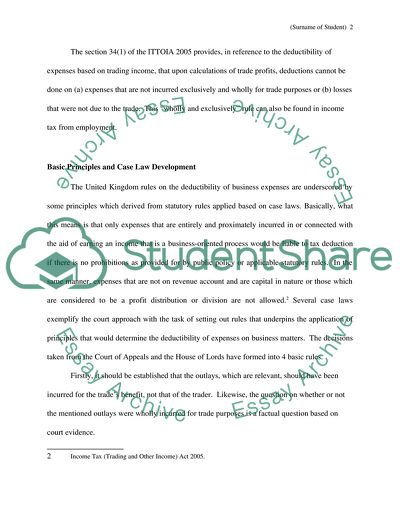Cite this document
(“The difference between the rules governing deductibility of expenses Essay - 1”, n.d.)
Retrieved from https://studentshare.org/macro-microeconomics/1421090-the-difference-between-the-rules-governing-deductibility-of-expenses-under-ittoia
Retrieved from https://studentshare.org/macro-microeconomics/1421090-the-difference-between-the-rules-governing-deductibility-of-expenses-under-ittoia
(The Difference Between the Rules Governing Deductibility of Expenses Essay - 1)
https://studentshare.org/macro-microeconomics/1421090-the-difference-between-the-rules-governing-deductibility-of-expenses-under-ittoia.
https://studentshare.org/macro-microeconomics/1421090-the-difference-between-the-rules-governing-deductibility-of-expenses-under-ittoia.
“The Difference Between the Rules Governing Deductibility of Expenses Essay - 1”, n.d. https://studentshare.org/macro-microeconomics/1421090-the-difference-between-the-rules-governing-deductibility-of-expenses-under-ittoia.


